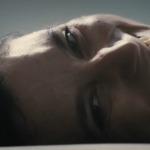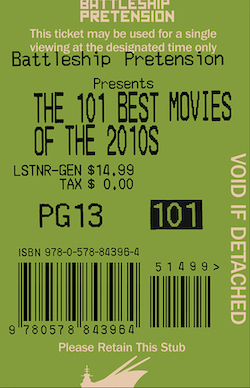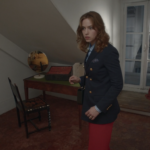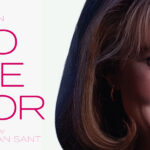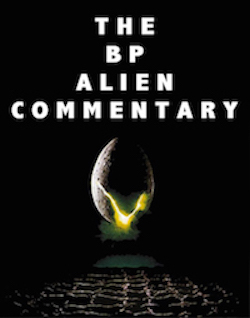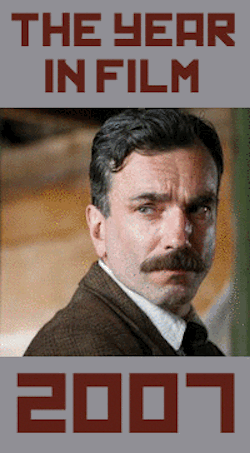The Queen: Let’s Put on a Show, by David Bax
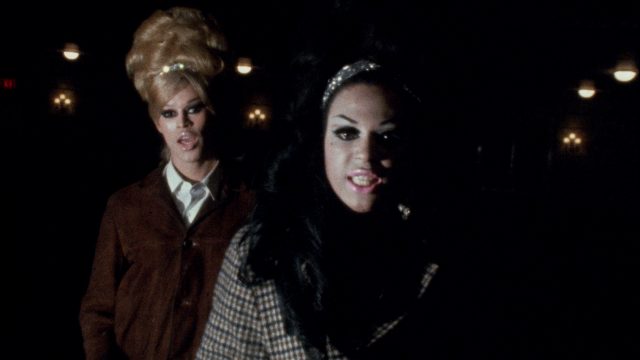
Frank Simon’s The Queen (newly restored and being released theatrically by Kino Lorber) is a shockingly vibrant document of the often forgotten early days of a scene that has grown in cultural visibility in recent years. But it’s also a shining example of cinema verite; the naturalism with which Simon presents his subjects affords a level of comfort that is intimate nearly to the point of awkwardness. With the exception of a beautiful moment in which he drops the sound out of the film completely and then eases it back in slowly, Simon’s approach is all the more powerful for its unwavering directness.
Simon filmed the the 1967 Miss All-America Camp Beauty Pageant, an early drag queen competition, and the days leading up to it. Though there’s plenty of spectacle on display–big wigs, sparkly gowns, Andy Warhol–his focus is a human (and humane) one.
Most of The Queen takes place, necessarily, indoors. One of the few public moments occurs early on when a young queen from out of town makes their way to the competition’s hotel headquarters. Not in drag, not even saying a word, they draw stares from those they pass.
Inside, though, whether in drag or not, the atmosphere is convivial and, perhaps a result of chronocentrism, surprising in its modernity. The conversations about being out or not, romance and familial relationships aren’t happening between representatives of a calcified past but between living people. Certain topics, like whether or not to undergo a “sex change” operation, may be dated in their terminology but not in their underlying concerns. In a standout moment, one queen bemoans their not being allowed to join the military, which they had hoped to do out of a sense of patriotic duty.
Apart from these sections of individualistic insight, The Queen also thrives as a documentation of process, in more ways than one. There’s the process of putting on drag; shaving, applying make-up, pinning hair and creating cleavage. And then there’s the process of putting on the show itself; organizing the contestants, selecting the songs and, most importantly, securing hotel rooms for dozens of contestants and a venue for scores of spectators hoping to watch an essentially underground competition. The big show itself ultimately lacks the drama of an episode of RuPaul’s Drag Race; this is still essentially an amateur affair. As a result, the most interesting parts of The Queen take place during preparation and especially in the aftermath of the winner’s anointment.
When Harlow, a beautiful and very feminine queen who looks like a young Ellen Barkin, is crowned the winner, the third runner up storms off the stage, later delivering a tirade directly to the camera and then dressing down the event’s organizer in front of Harlow. This isn’t some diva tantrum, though. That runner up is Crystal LaBeija, a formative figure in the history of drag culture. And her grievances are not selfish. They are about race and experience. Harlow is white and still very young. LaBeija would go on to hold her own drag events, giving birth to the more racially inclusive drag scene of today. That makes The Queen a landmark document and one more than worth seeking out.



